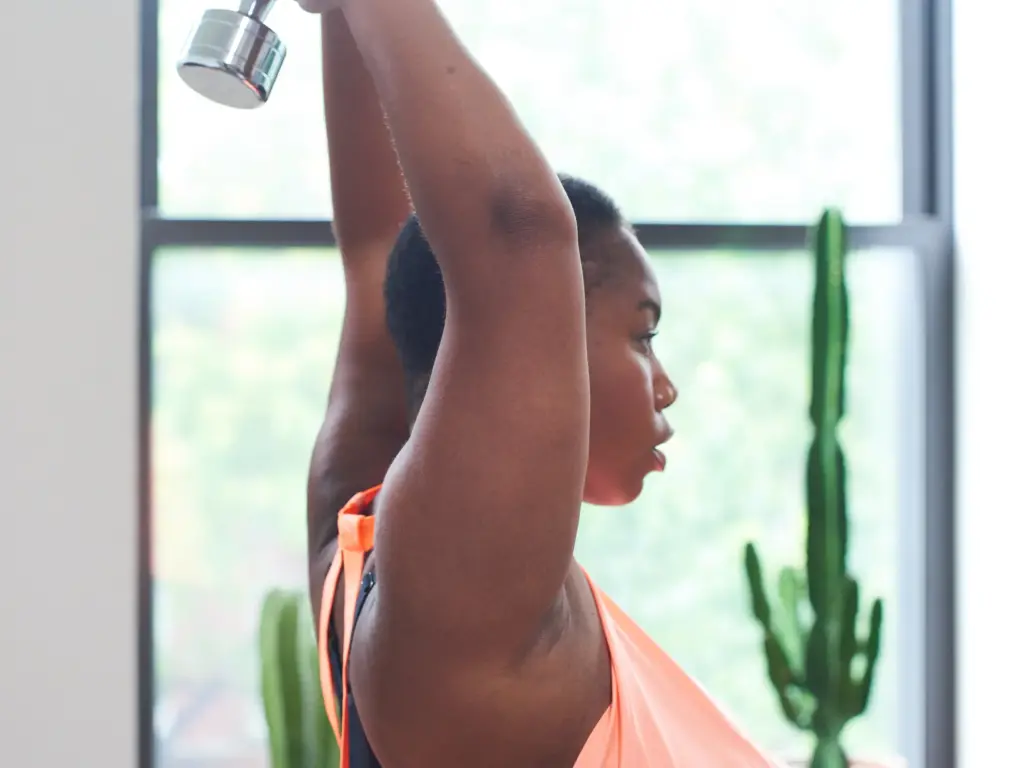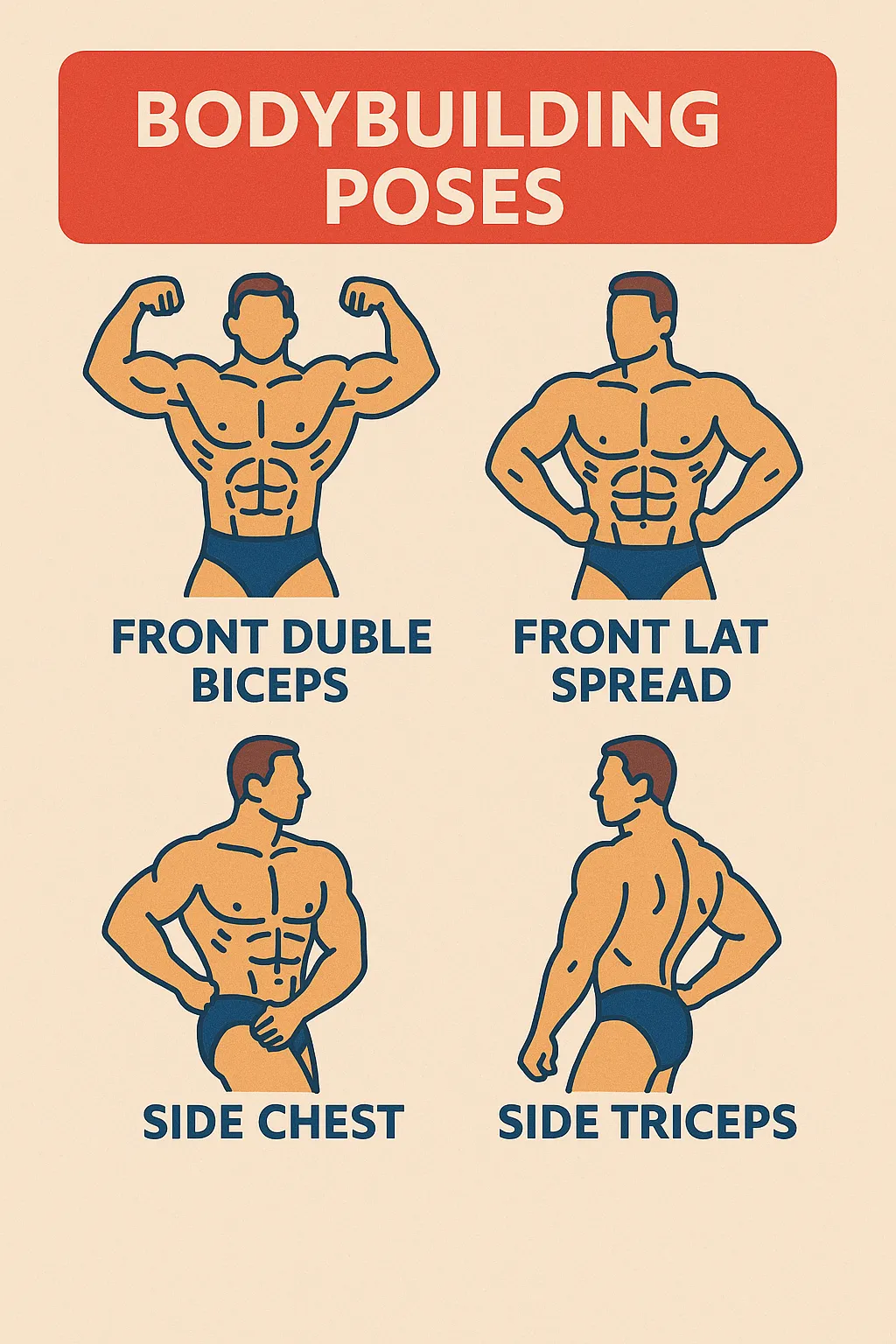Cervicogenic headaches are headaches that are caused by the neck. They are typically the outcome of cervical spine issues, which is the spine in your neck.
If you have ever experienced a headache that seems to be originating in your neck and radiating to your head, you might have a cervicogenic headache. Many people are looking for effective methods of handling this pain and alleviating their symptoms.
One of the most common methods is through exercises that will help reduce tension and enhance mobility in the neck. Do they, however, work? Let us find out.

Understanding Cervicogenic Headaches
Before mentioning exercises, let us first understand what cervicogenic headaches are. They are most probably due to muscle tension, postures, or trauma to the neck. The symptoms are pain at the base of the skull, referred pain to the forehead or eyes, and occasional stiffness of the neck. They can become severely disabling, so they must be relieved accordingly.
The Role of Exercise
Exercise is a natural reaction to pain relief. In cervicogenic headaches, some exercises can target the neck muscles and joints accountable for your situation. These exercises reinforce your neck muscles, loosen the muscles for more flexibility, and straighten your posture, all of which eliminate the headache symptoms in the long run.
Exercises That Work for Cervicogenic Headaches
These are simple exercises that you can perform at home. Always consult a medical doctor before starting any exercise, especially if you have severe pain.
Neck Stretch:
• Stand or sit with your head in a straight position.
• Slowly turn your head to the right, bringing the ear toward the shoulder. Hold for 15-30 seconds.
• Return to the beginning position and repeat on the left side. This stretches the muscles along the sides of your neck.
Chin Tucks:
• Sit or stand with your back straight.
• Slowly tuck your chin back toward your neck. Visualize making a double chin. Hold for 5 seconds and repeat 10 times.
• This exercise strengthens the muscles that hold your head up and can help improve your posture.
Shoulder Rolls:
• Sit or stand with your arms at your sides.
• Roll your shoulders in a circle up, back, and down. Repeat 10 times.
• This relaxes tension in your upper back and neck area.
Wall Angels:
• Stand with your back against a wall and your feet about six inches away.
• Hold arms in a “W” position on the wall, with elbows and wrists against the wall. Reach arms up into a “Y” and return. Repeat 10 times.
• This exercise assists with improving the mobility of the shoulders and encouraging proper posture.
For you to be able to feel the effects, consistency is key. It is ideal to perform these exercises daily or at least several times a week. You should slowly begin to feel less pain and more mobility in the neck.
Bottom Line
Effective management and minimization of cervicogenic headache symptoms is often achieved through exercise in most people. By incorporating these simple exercises into your everyday routine, you might be able to achieve relief from pain and foster general neck wellness.
It is required, though, to blend these exercises with proper posture, ergonomics and see a healthcare professional for a holistic treatment plan. Keep in mind, taking control of your health can lead the way for a happier, pain-free life.







